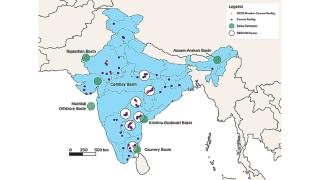On 1 July 2013, the EU Zero Emissions Technology Platform (ZEP) – founded by the European Commission in 2005 to advise on research, policy and regulation for the promotion of carbon capture and storage (CCS) – published “CCS in EU energy-intensive industries”, a report on CCS in industries beyond the power sector. Emissions from the non-power sector made up 25 per cent of EU carbon emissions in 2010. CCS is for many of those industries the only available technology to cut emissions. The report1 provides EU policy makers with a set of conclusions and recommendations on how to move toward CCS demonstration and deployment. By Jonas Helseth, Bellona, Norway, Tom Mikunda, ECN, The Netherlands and Dr Stanley Santos, IEA GHG, UK.
Cement production in the EU, which closely follows trends in the construction sector, has been negatively affected by the economic crisis. In 2007, total cement production in the 27 member states reached a peak of 270Mt. In 2010, this had dropped to 190Mt, or around six per cent of global production.2 Regardless of the challenging economic conditions, four of the five largest cement producers – Lafarge (France), HeidelbergCement (Germany), Holcim (Switzerland) and Italcementi (Italy) – are based in Europe.
EU-wide, there are some 270 cement production plants and the sector employs 45,000 people directly.
In 2010, CO2 emissions from the cement industry in the EU totalled around 100MtCO2. The highest energy consumption occurs during clinker burning, which includes calcination, a process that releases some 60 per cent of direct CO2 emissions associated with cement production. The remaining emissions stem from fossil fuel combustion.
